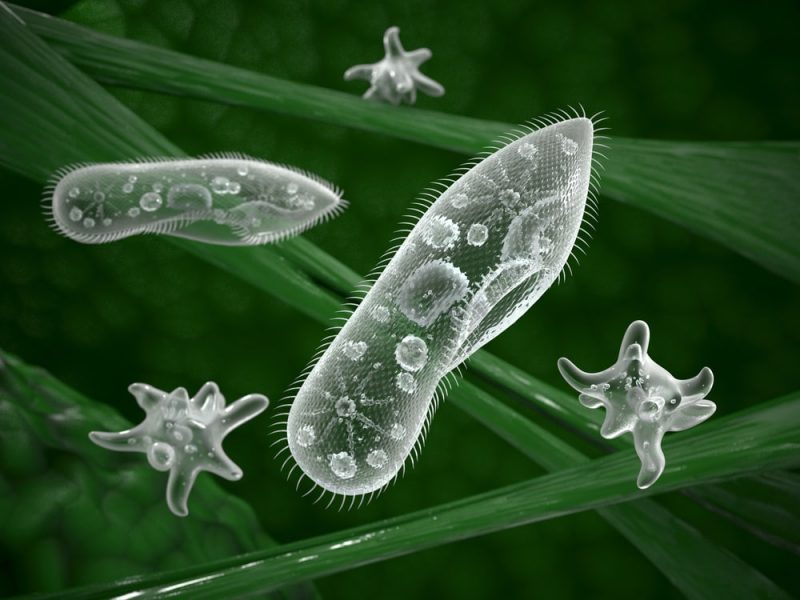A microorganism it’s a biological system that can only be visualized with a microscope. It is also called a microbe. They are capable of reproducing by themselves, hence their particularity for a bacterium or virus to multiply and attack the immune system of the living being in which it lives. For instance: rhinovirus, H1N1, rotavirus.
Regarding its biological organization, this is elementary (unlike other living things such as animals or plants).
A microorganism can be called different unicellular or multicellular organisms that are not related to each other, that is, they can have multiple shapes and varied sizes.
To make a distinction it can be said that there are unicellular microorganisms prokaryotes (where they would be located at bacteria) and the eukaryotes, where protozoa, fungi, algae and even ultramicroscopic organisms such as viruses are found.
Harmless and pathogenic microorganisms
Some of the microorganisms arise as a result of the spoilage of food. However, not all microorganisms that arise from the decomposition of food are harmful. There are those, such as those that ferment different types of cheeses, sausages, yogurts, among others that are considered harmless or beneficial microorganisms.
On the other hand, there are harmful microorganisms known as pathogenic microbes. These can be divided into bacteria, virus and protozoa.

Habitat
The first and second can be found in surface or groundwater, while the third (better known as parasites) are only found in shallow water.
Consequences of microorganisms in living beings
Regarding the damage caused by pathogenic microorganisms, it can be said that those microbes from the group of the protozoa, that is to say the parasites compared to bacteria.
Examples of microorganisms
Here is a list with names of microorganisms:
- Herpes simplex virus – cold sore (virus)
- Human immunodeficiency virus – AIDS (virus)
- Rhinovirus – flu (virus)
- H1N1 (virus)
- Rotavirus – Causes diarrhea (virus)
- Mycobacterium tuberculosis (bacteria)
- Escherichia coli – Produces diarrhea (bacteria)
- Proteus mirabilis (urinary tract infection)
- Streptococcus pneumoniae (causes pneumonia)
- Haemophilus influenzae (causes meningitis)
- Beta hemolytic streptococci (tonsillitis)
- Papilloma virus – warts (virus)
- Yeasts (fungi)
- Molds (fungi)
- Nanoarchaeum Equitans (prokaryotes)
- Treponema Pallidum (bacteria)
- Thiomargarita Namibiensis (bacteria)
- Giardia lamblia (Protozoan microorganisms)
- Amoebas (protozoan microorganisms)
- Paramecia (Protozoan microorganisms)
- Saccharomyces Cerevisiae (fungus used to make wine, breads and beers)
